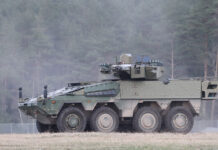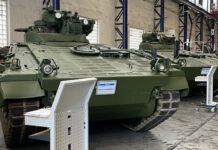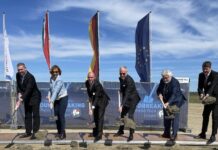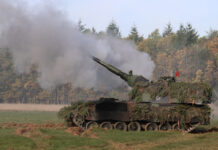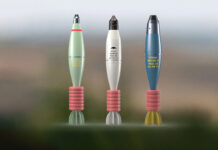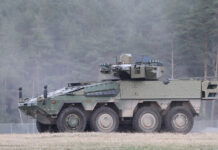The Bundeswehr has selected Rheinmetall to supply laser light modules for the German armed forces, the company has announced. A corresponding framework contract envisages delivery of up to 130,000 units. The first batch, comprising 2,460 devices, is worth a total of €3M with the framework agreement covering up to €178M in potential supplies. This is the largest order for laser light modules ever booked by Rheinmetall Soldier Electronics. The framework contract is initially set to run for seven years.
The devices can be mounted via a standard inferface to all assault rifles, submachine guns, machine guns and sniper rifles currently in the Bundeswehr inventory. Deliveries will begin this year. The Bundeswehr will initially take delivery of 360 devices earmarked for integrated verification management. These will be followed by the remaining 2,100 laser light modules now on order.
The device selected is a version of the Rheinmetall’s latest-generation LLM-VarioRay laser light module. Intended primarily for small arms carried by infantry and other soldiers who fight on foot, it is used for detecting, identifying and marking targets.
Features of the Laser Light Modules
Weighing around 250 grams the LLM-VarioRay can be mounted on any assault rifle with a MIL-STD 1913 rail/STANAG 4694 and operated via a trigger cable. It features:
- a white lamp
- a red-light laser marker
- an infrared laser marker
- an electrically focusable infrared illuminator
The light source can be selected with a rotary switch and is infinitely adjustable. The device has a fully integrated, factory-aligned laser block, enabling adjustment and alignment of the aiming device and weapon. Together with night observation and thermal imaging devices, it is expected to support the troops performing operational missions around the clock and in all weather conditiond.
Among other things, the LLM-VarioRay product family forms part of the German soldier system “Future Soldier – Expanded System” (IdZ-ES). It is also in service with the British Army, which calls it the Laser Light Module MK3, and with the Swiss Army, where it is known as the Laser-Licht-Modul 19.
Juergen Hensel





